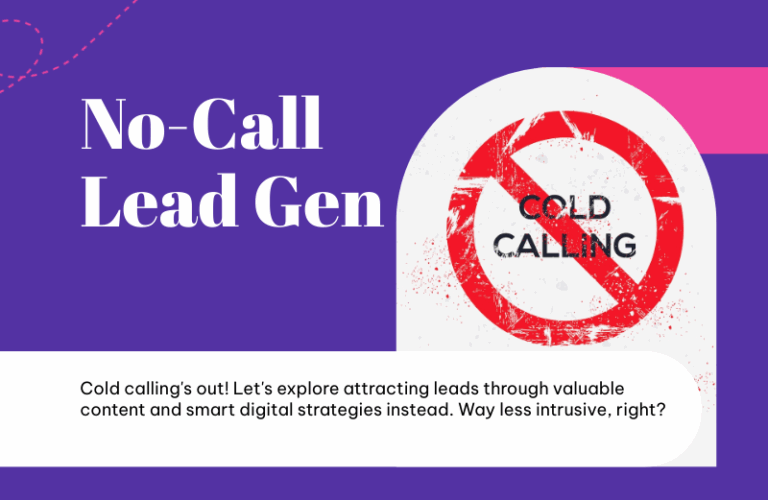
It’s always exciting to hunt down commonly accepted wisdom that isn’t as wise as it sounds, but when it comes to something as essential as lead gen, myth-busting is practically a public service. We’ve seen plenty of fables about lead generation, and these are some of the most common. If you recognize some of your organization’s lead gen practices on this list, it may be time to re-examine your current strategy and discover new solutions.
Myth: “We’re done with site optimization.”
Truth: Website optimization is a moving target; there’s no such thing as “done.”
As soon as you’re finished, you find new technology to incorporate, a more streamlined structure, or additional content to add to your library. Google’s latest wave of algorithm changes can dramatically change your SEO/SEM approach. Novel ways to personalize user experiences can lead to a site overhaul. While it’s possible to overdo it and expend more effort on constant site redesigns than you really need, it’s important to revisit the state of your site regularly.
Myth: “It doesn’t matter what you offer for customer data.”
Truth: Leads expect value for value, and they place a premium on relevance.
That’s why content marketing works so well as a lead gen tool; they want information, and they’re willing to volunteer some of their own data in exchange for access to gated content. Trading knowledge for knowledge makes more sense and is an easier sell than asking them to pay for content, for example. Information is the currency you have in common.
Myth: “Stick with short forms.”
Truth: Right-size your forms.
If data is what you want, information’s what you offer, but it’s just as important to offer a reasonable exchange rate as it is to choose the right currency. A longer form doesn’t necessarily generate fewer responses; it just has to be well-designed and proportional to the offer you’re making. Gates to in-depth content can be higher and more ornately wrought than those you put in front of broader content. To sign leads up for a newsletter, you might want an email address, a company name, and a name. To give them access to a white paper, you would likely ask for more contact information.
Myth: “More is better.”
Truth: More is just . . . more.
Sometimes that’s better, but sometimes it just adds noise to the signal you’re trying to tune into. It does no good to have new names and email addresses if they aren’t attached to leads who will find your offer relevant in some way. It’s also more of a challenge to score leads when behavioral data isn’t clear. Having thousands of site visitors in a day tells you nothing about your customer base if 98 percent of them bounce within the first few seconds.
© Reach Marketing LLC 2017 All Rights Reserved.



